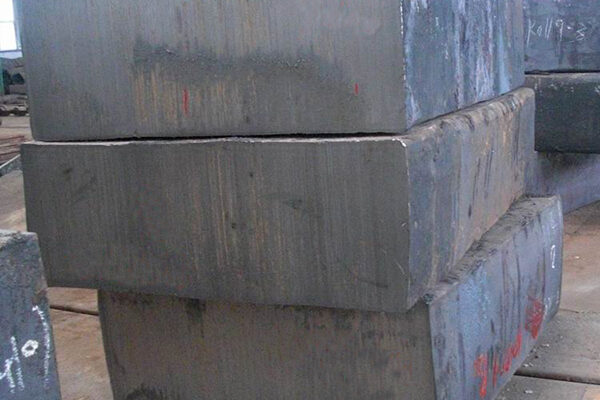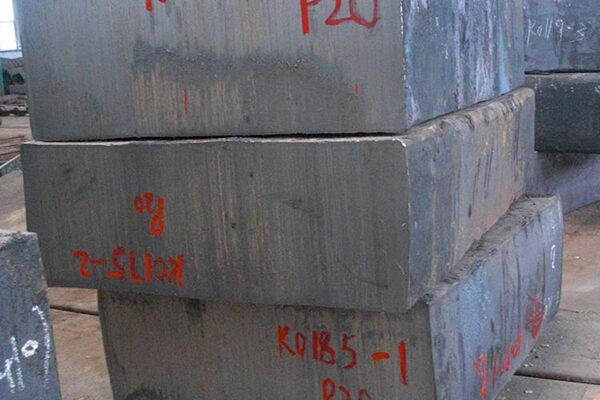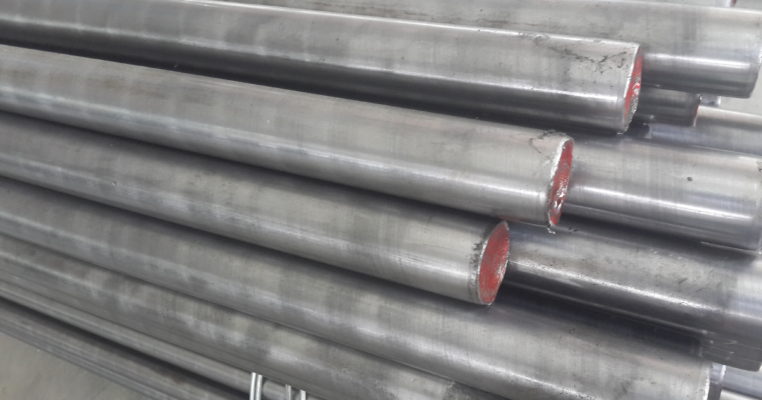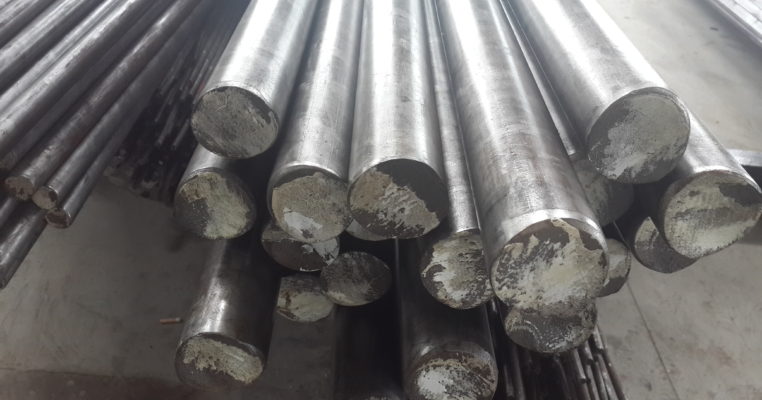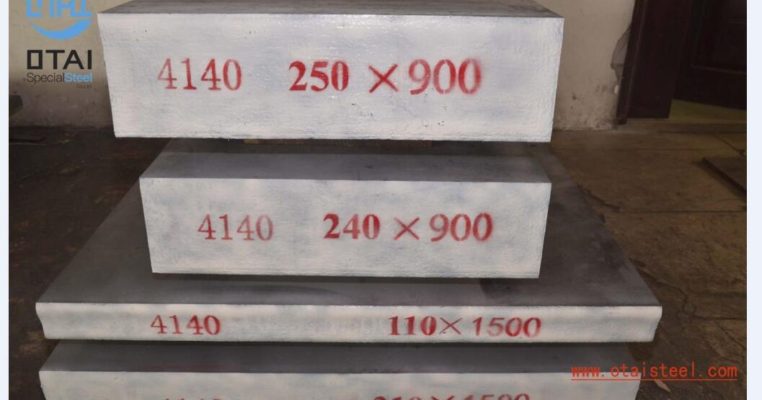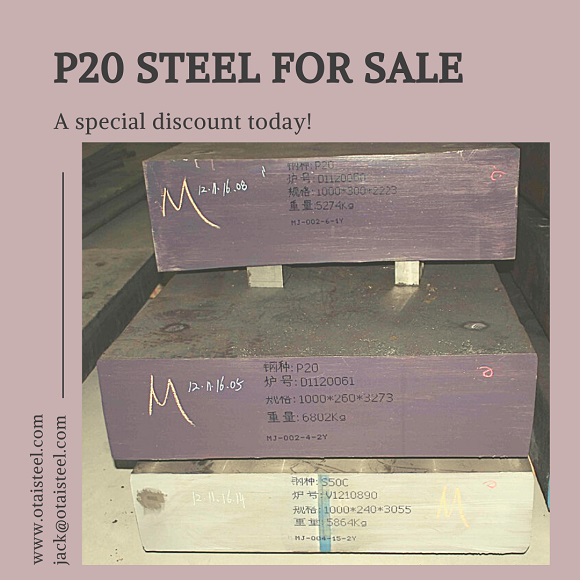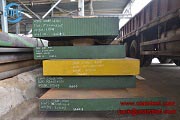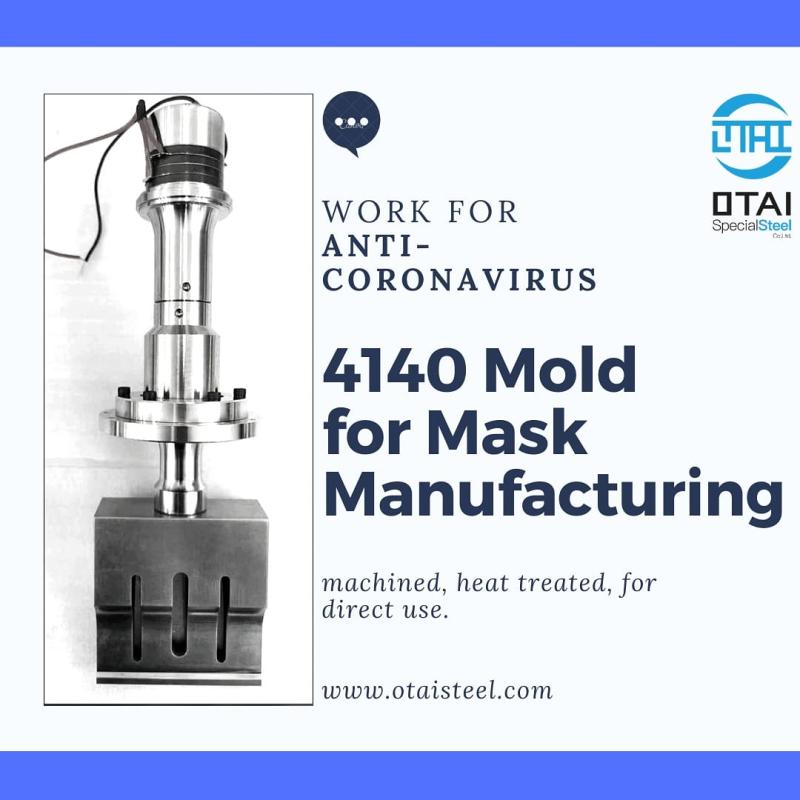OTAI Special steel not only supply the steel plates, blocks, flat and round bar, hexagon, but also the steel sheet, like 4140 steel sheet.
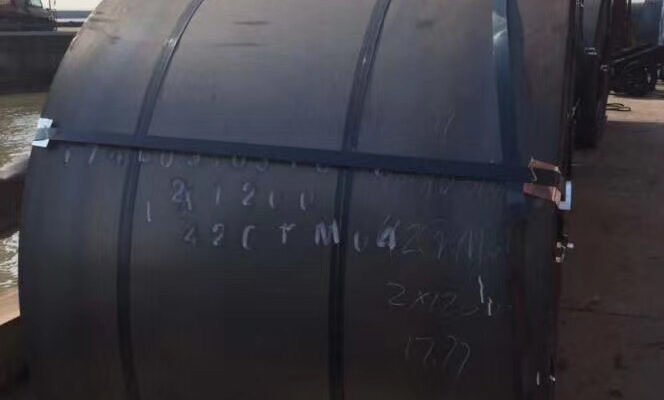
And usually, the 4140 steel sheet thickness we offered is ranged in 3-10mm.And the width size in 1260-1500mm, and the length in coil. And for each coil, the weight is about 20Tons.For our customers, it contains different types, like the stockist, end user and trading company.When we receive the inquiry from our customers, we will find that some customers missed some important info very often.
Here we would like to summarize what are the points very related with the price closely.
1)Size info: Normally, if the length in random length, the price will be lower a lot than the fixed length. Few days ago, I met one customer only show the total length they requested. So fixed length or random length, it is better to make it clear.
2)Quantity, you could advise it in piece or the weight for each item. Some customer will only show the number, but no one can sure that whether it is in piece or Ton.
3)Delivery condition: For this one, it is very important, some friends always will forget to mention it on the inquiry. Normally, for the surface, we will have black surface, bright surface(milling, debarked, turning), cold drawn. And there are 4 different heat treatment ways, so if you have any special request on the heat treatment, do not forget to mention. It is including Annealing, normalizing, Quenching+Tempering(these two will be needed together)
4)If you have any special spec request on the chemical element, hardness request and the mechanical property, it is better to provide the details.So when your customers send you the inquiry, you could have the overview and check whether they provide you the full info or not.
We are the largest stockist in south of China, and we provide the one-stop solution service. As we have our own warehouse and machine equipments.Our quality also got the accredited from Thyssenkrupp and the SGS and ISO certificate. So you are really lucky to find us here as the very reliable supplier on the 4140 steel sheet and other steel materials.
Tel: 0086-769-23190193
Fax: 0086-769-88705839
Email: jack@otaisteel.com
